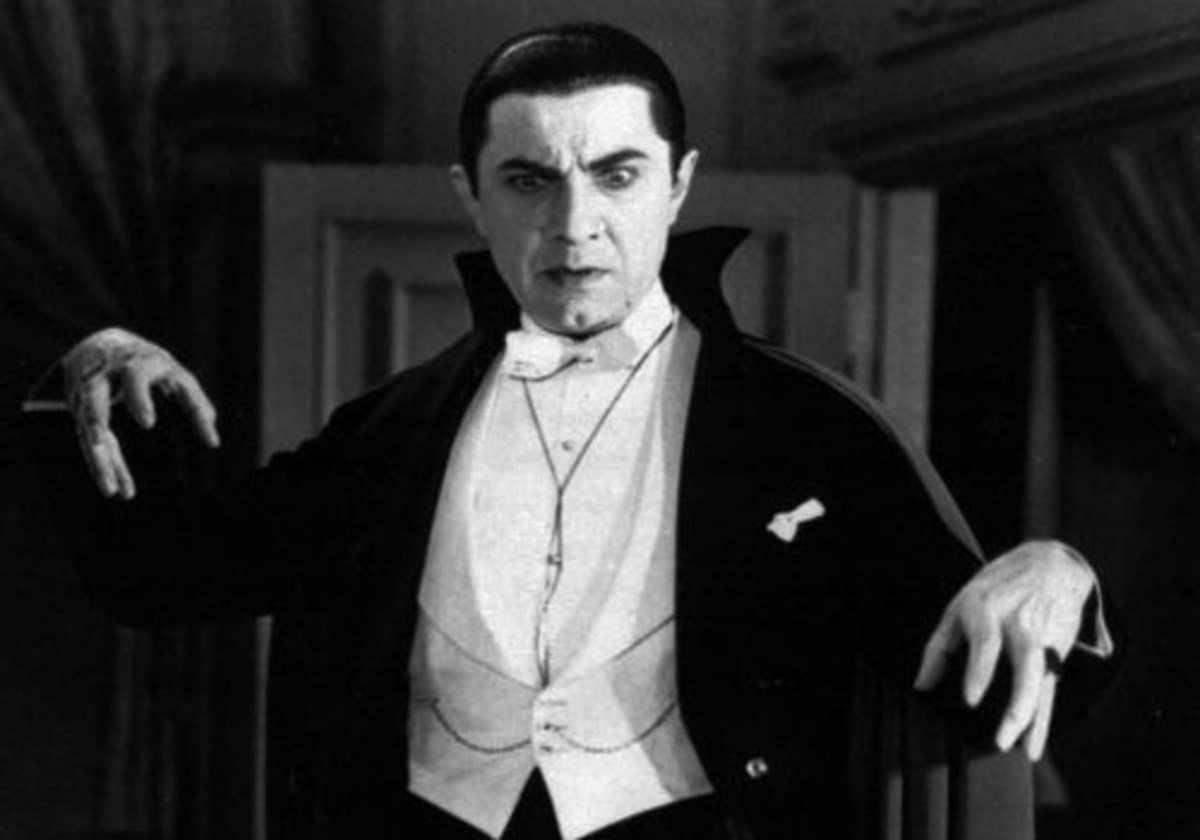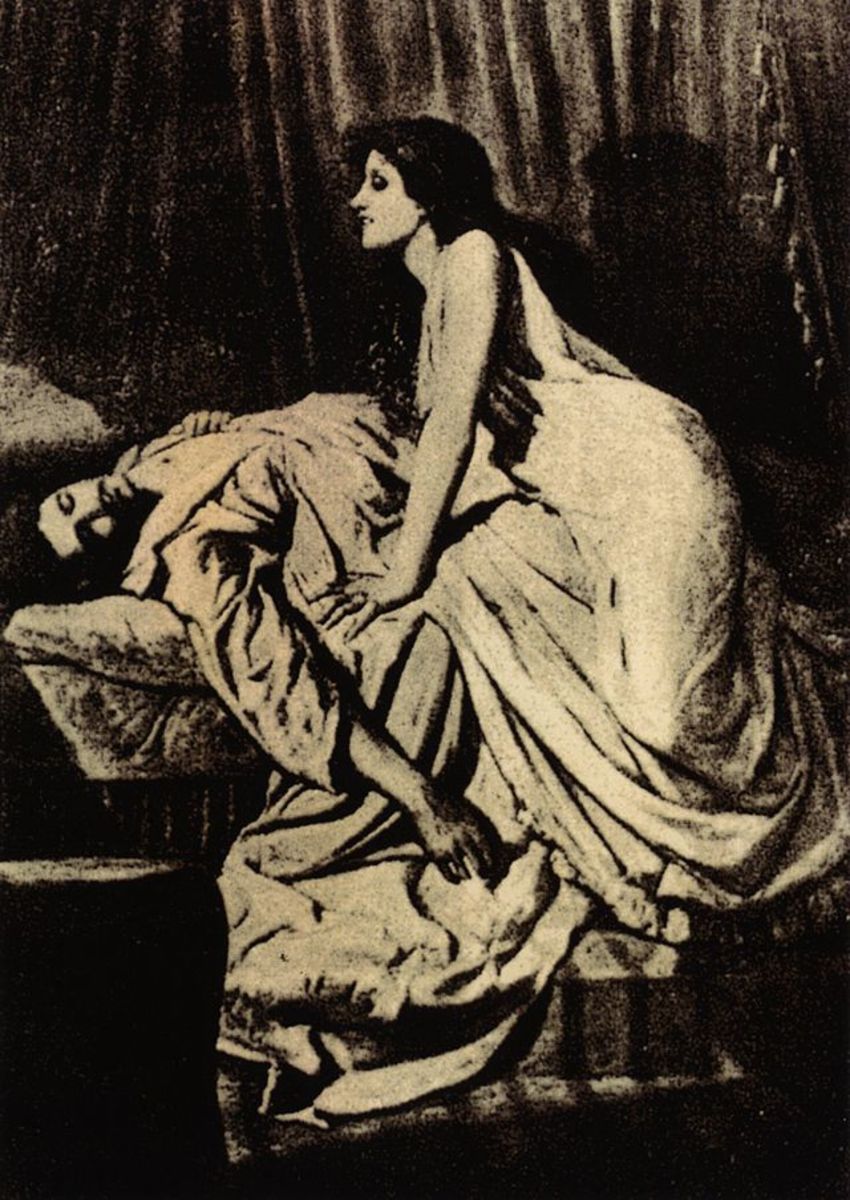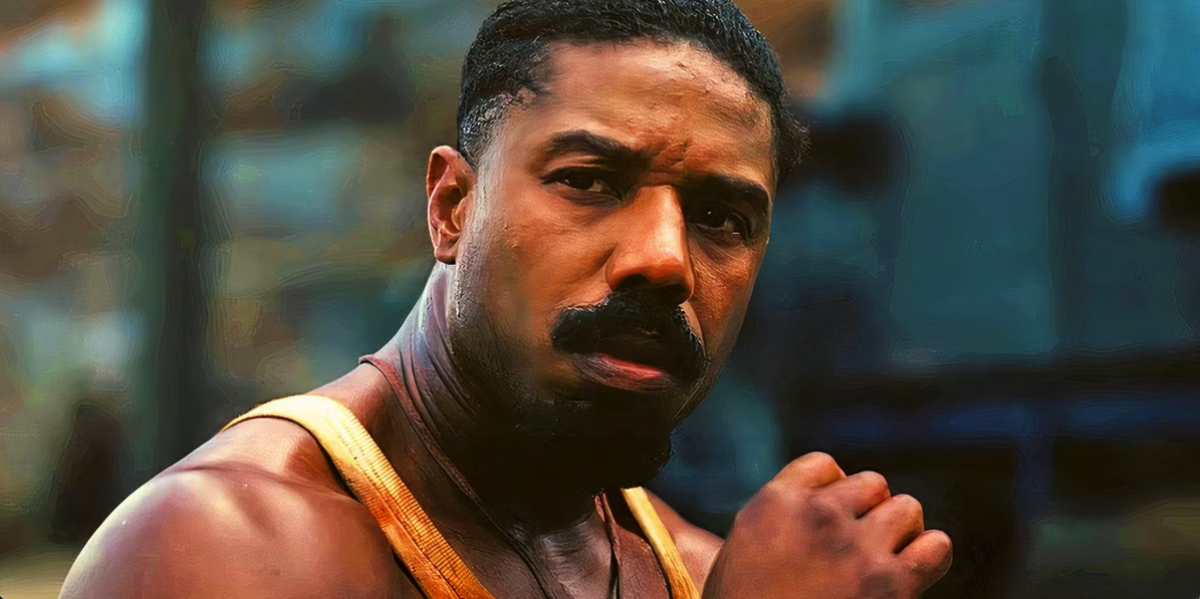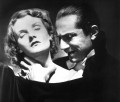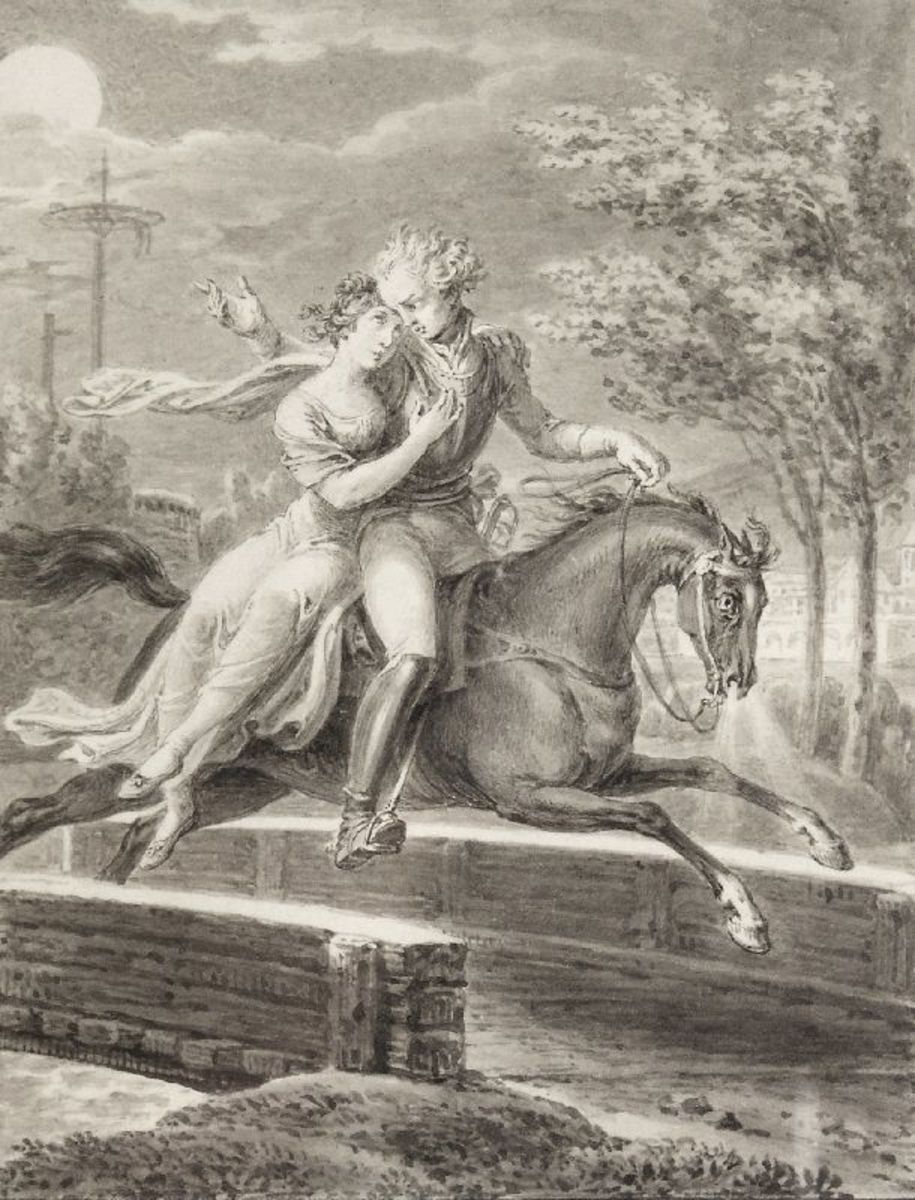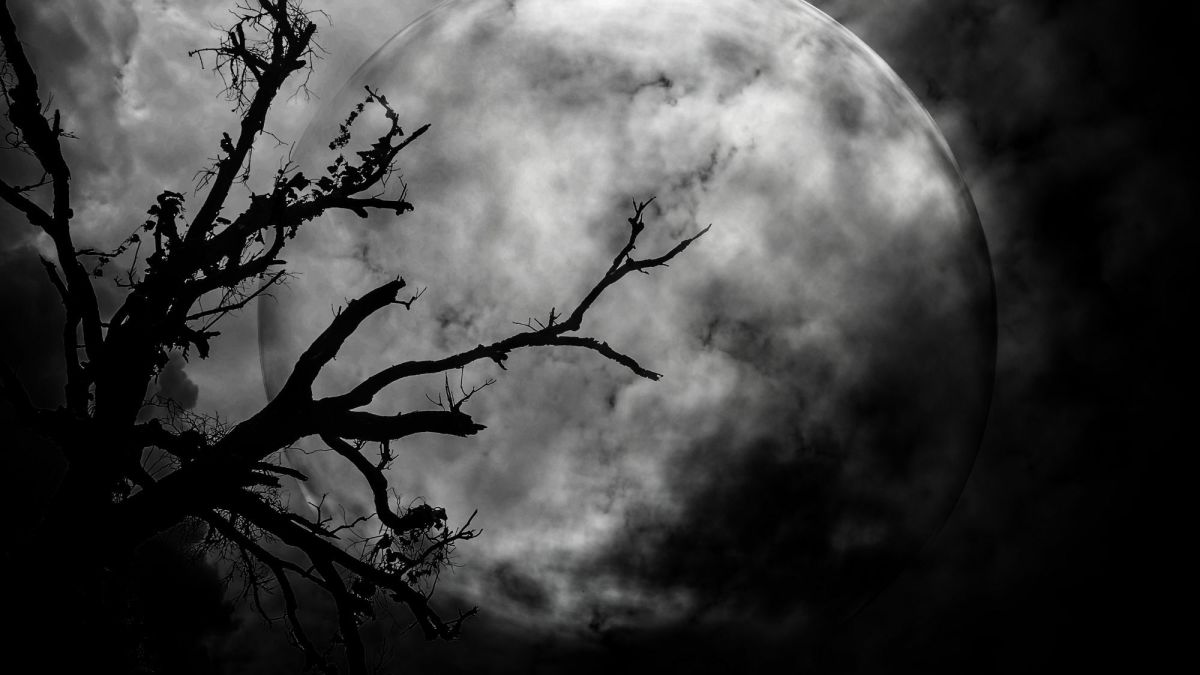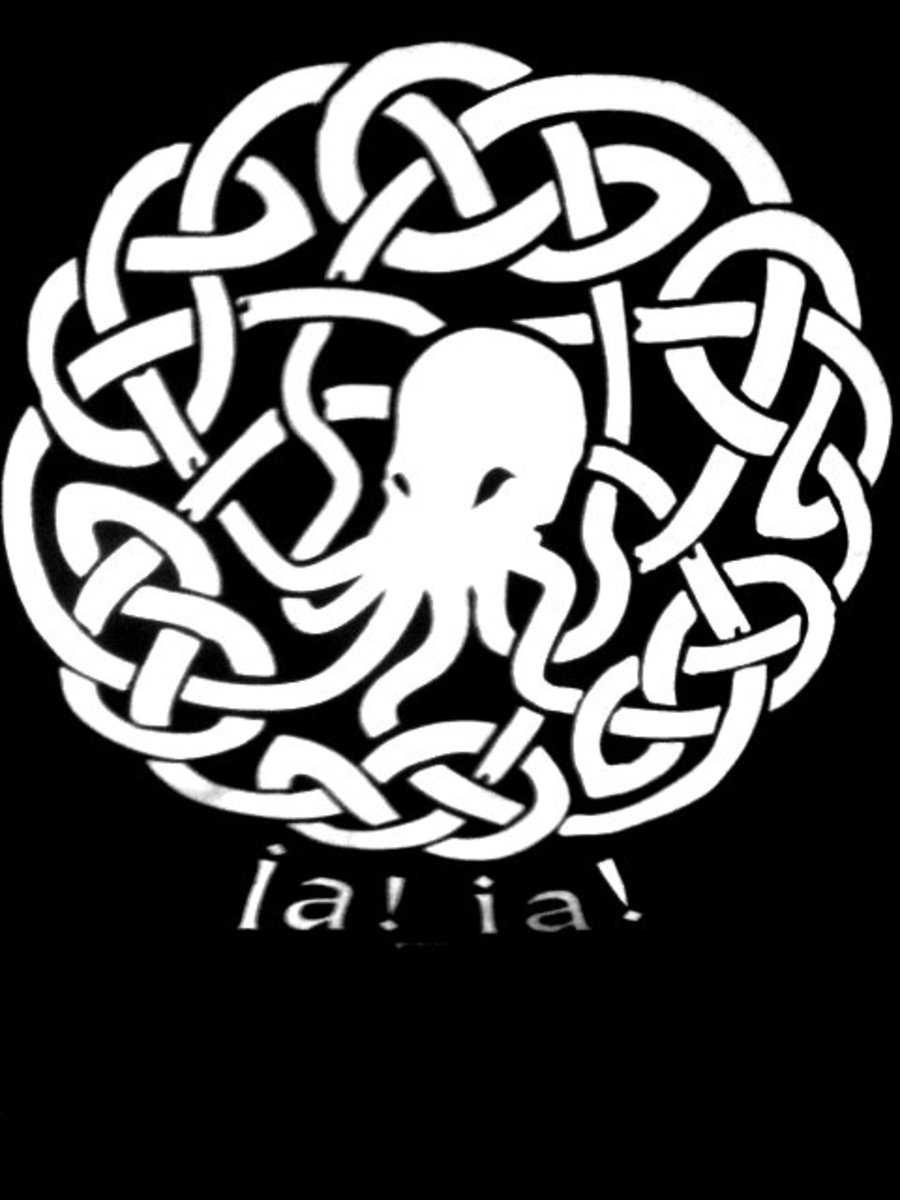- HubPages»
- Books, Literature, and Writing»
- Books & Novels»
- Fiction»
- Science Fiction & Fantasy Books
Abraham "Bram" Stoker - Creator of Dracula
Bram Stoker, 1847 - 1912 ~
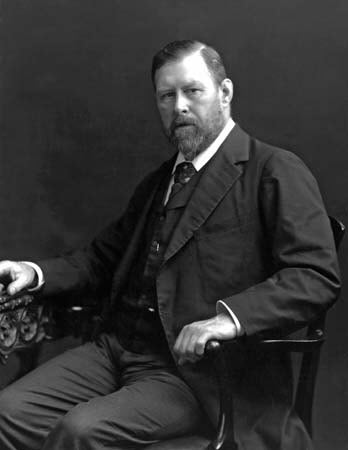
Bram Stoker ~
Abraham "Bram" Stoker, creator of the famous Dracula character, was born in Dublin, Ireland in 1847 and died in 1912 in London, England at the age of 64. He was a quiet child who was bedridden until the age of seven. About himself, he wrote:
I was naturally thoughtful, and the leisure of long illness gave opportunity for many thoughts which were fruitful according to their kind in later years.
— Bram StokerWhen Bram Stoker started school ~
When Bram Stoker started school, fully recovered, he excelled in sports. He graduated from Trinity College in Dublin in 1870 with honors in mathematics. At Trinity he was auditor of the College Historical Society and served as president of the University Philosophical Society when he wrote his first paper on "Sensationalism in Fiction and Society".
Sensational he was in his writing. Early in his career, he wrote a review of the performance of actor Henry Irving as Hamlet. Irving invited Stoker to dinner and they became friends which was to strongly influence and further Stoker's career. Stoker became Irving's personal assistant as well as the business manager of the Lyceum Theater in London, which Irving owned. Stoker held this position for twenty-seven years.
Early in his career, Stoker was a theater critic for an evening paper, the Dublin Evening Mail. His writing was of such high quality that he rose above the low esteem opinion society had of theater critics. His reviews were well received and opened society doors for him.
Bela Lugosi as Dracula ~
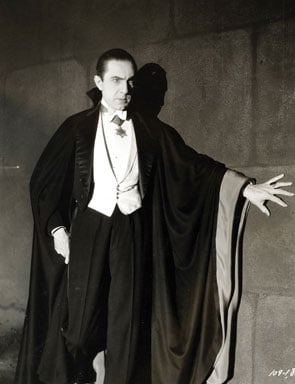
Marriage and London ~
Stoker married Florence Balcombe in 1878. Florence was admired by all for her beauty. One of her former admirers and suitors was Oscar Wilde. It was after the wedding that Bram and Florence moved to London and Stoker began his career at the Lyceum.
Through Henry Irving, Stoker was introduced to and became involved in London's high society where he met many notable people of the time.
Florence Balcombe Stoker, 1858 - 1937 ~
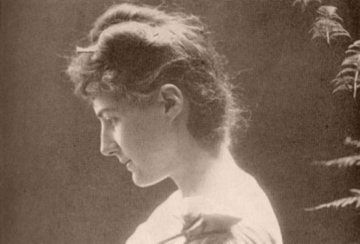
Beliefs and politics ~
Stoker referred to himself as a "philosophical home ruler". He had a great interest in the politics of Irish affairs and believed in self-government for Ireland. The purpose of the Irish Home Rule movement was to be self governed yet still united with Great Britain. Stoker was a Liberal and believed that remaining a part of the United Kingdom should be achieved by peaceful means.
Although the Home Rule had reconciled Ireland's past with the present, and made endeavors to providing alternatives for nationalist militancy, there was great opposition with the Conservatives and Ulster Unionists.
Stoker was raised as a Protestant in the Church of Ireland, yet was very much interested in the occult, the supernatural and vampires. His research and study of European folklore, mythology and vampires occupied many years of his life.
Slains Castle may have been inspiration for Dracula's castle ~

Dracula ~
Stoker’s books are in the Gothic horror genre. He wrote twelve novels, many fictional short stories and some non-fiction books. Yet he is best known for creating Dracula, the hated, feared and blood sucking vampire that captured victims with first his irresistible charismatic personality, superb sophistication, then his supernatural powers.
According to scholars, there are many possibilities as to what or whom inspired Stoker to create the character. As to the setting of Dracula's abode, that may have been inspired by a visit he made to Slains Castle in Aberdeenshire, Scotland.
Henry Irving, with his charismatic personality and sharply defined features may have been an inspiration for the appeal of Dracula that women were drawn to. Another friend of Stoker's, Armin Vambery, a Hungarian writer, may have been an inspiration with his telling of the Carpathian mountains and the dark stories from that area.
Vlad III Tepes Dracula from the House of Draculesti was also a possible inspiration for the character of Count Dracula. In his book Stoker did write about the Dracula who fought against the Turks, and was later betrayed by his brother - historical facts that definitely point to Vlad III Tepes.
There are many other speculations as to how Stoker found inspiration, but overall it was his own creative imagination that brought together the ever popular story of Dracula.
Sir Henry Irving, 1878 ~
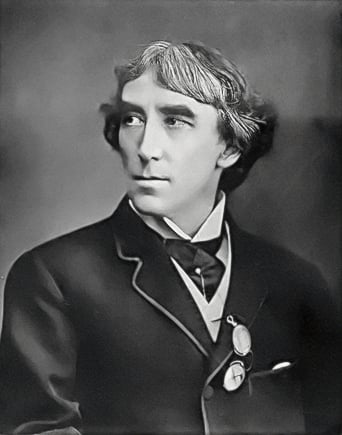
Vlad III Tepes ~
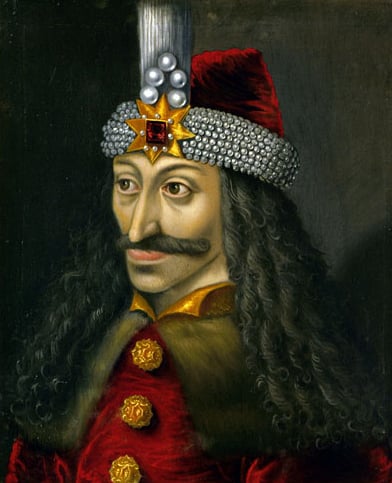
Wild shrieks have issued from the hollow tombs;
Dead men have come again, and walked about;
And the great bell has tolled, unrung and untouched
— Blair, The Grave (1743)Bram Stoker ~
Bram Stoker's Dracula ~
Some folklore fun ~
There are bats and there are vampire bats, but are there vampires that can shape-shift into bats? And are there really vampires, like Dracula, the kind that Bram Stoker wrote about? Well, just for starters, go to the history of documented vampire happenings in Serbia.
One of the earliest documented case of vampire suspicions happened in Serbia after a man named Petar Blagojevic, a peasant, died in 1725. People believed at the time that Blagojevic was a vampire who returned from death and killed nine villagers.
When several deaths followed the death of Blagojevic and his son was brutally murdered by an unknown person, hysteria spread like wild fire. The villagers demanded that the local priest should go with them to dig up the body of Blagojevic and witness as they destroyed the "vampire". The villagers said that if the body was still growing hair and fingernails and there was no apparent decomposition, then that would prove he was a vampire and should be destroyed.
On close examination the proof was obvious. The beard had grown, there were new nails and skin and no decomposition had occurred. There was also dried blood around the mouth. They staked the body through the heart which caused fresh blood to flow from the mouth and ears. They then burned the body.
From ancient times the folklore of vampires around the world is full of the hideous undead who stalk at night the familiar homes and villages of their families, killing and destroying with vengeance. Unlike Bram Stoker's Count Dracula, these creatures are without manners, charisma or aristocracy. They have no preferences of who they attack. Yet, it seems regardless of their character or personality, all vampires must return to their coffin and close the lid before the morning sun hits them and turns them to dust forever more.
Myths abound about the vulnerabilities of vampires. A stake driven through their heart when they are inactive in their coffins will surely end their eternal damnation. Or a silver bullet, shot accurately will stop them and drop them.
The Vampire ~
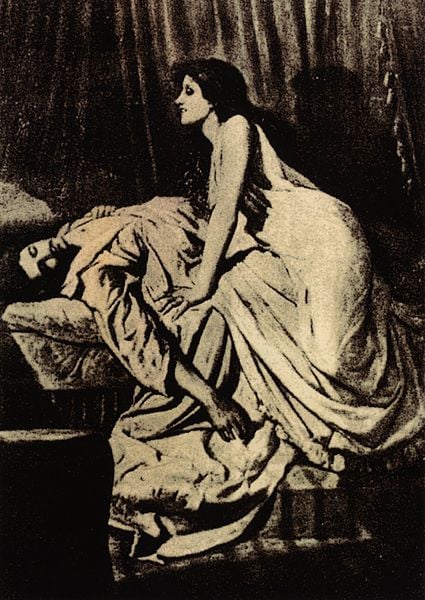
Do you believe vampires really exist?
Protection from vampires ~
How, do you ask, can one protect thyself from a vampire? Well, for one thing, they hate garlic - they simply cannot stand the smell! Wear a string of garlic around your neck, eat lots of garlic, bathe in garlic, rub it all over everything! Carry a mirror with you everywhere you go at night, especially down those dark eerily quiet corridors that have that dreadful music coming from nowhere. Vampires hate to see themselves, so be ready to flash that mirror right up in their faces. It will scare the beegeesus out of them!
A crucifix will always protect you. It is very powerful and can overcome the powers of the vampire. Holy water splashed on them will destroy them slowly and tortuously. You can, if you have not already turned to run like the dickens, watch them wreath in horror.
If you are lucky enough to find a vampire's coffin during the day, and have the guts to do it, open the coffin, steal the sock off the left foot, fill it with stones and toss it in a river. That will surely end the existence of the unholy creature. But, wait! While you have the coffin open, you can also cut off the vampire's head as added insurance that you have destroyed him.
There are many other ways to destroy vampires and it might be wise to keep a journal on all the ways of overcoming them -- if you believe in them, that is.
But from out my coffin's prison-bounds
By a wond'rous fate I'm forced to rove,
While the blessings and the chaunting sounds
That your priests delight in, useless prove.
Water, salt, are vain
Fervent youth to chain,
Ah, e'en Earth can never cool down love!"
- From The Bride of Corinth, 1797
— John GoetheNote from author ~
Thank you for reading my article. Your opinions are important to me and let me know your interests. This helps me to offer more of your favorite subjects to read about. Your time and interest are very much appreciated. I hope to hear from you in the comments section below.
I write on several different subjects, all evergreen articles. You can read more about me and see more articles I wrote by clicking on my name by the small picture of me at the top right of this page.
Blessings and may you always walk in peace and harmony, softly upon Mother Earth.
Phyllis Doyle Burns - Lantern Carrier, Spiritual Mentor
~ ~ ~ ~
© 2014 Phyllis Doyle Burns


